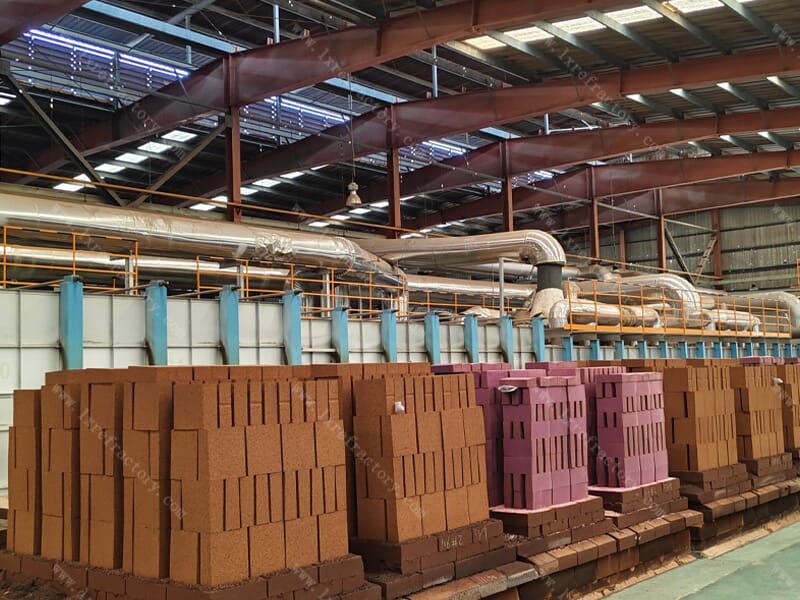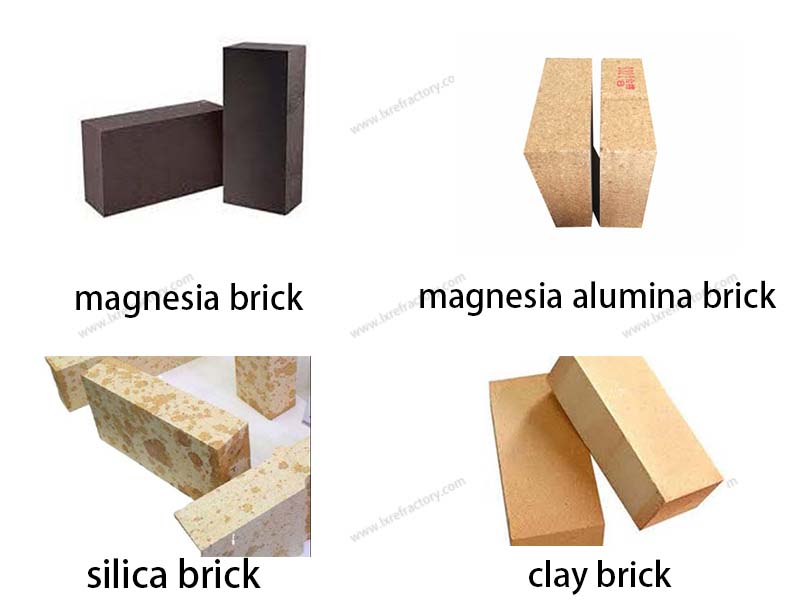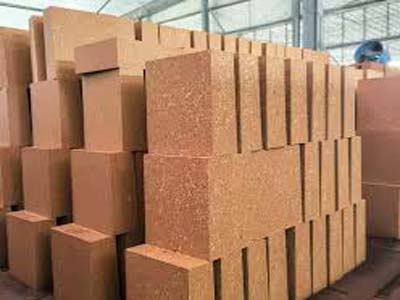During long-term use in industrial kilns and high-temperature equipment, fire bricks inevitably suffer from wear, spalling, and cracking.
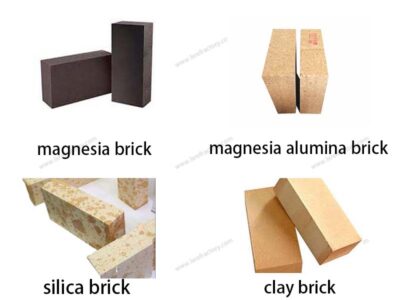
fire brick
Common high-alumina bricks, silica bricks, magnesia-carbon bricks, and clay bricks—once damaged, must they be replaced? Actually, in most cases, damaged fire bricks that meet the requirements can be professionally repaired and reused, reducing costs and extending the equipment’s operating life.
These types of damage can be repaired and reused:
Not all damage can be repaired; the key factors are the degree of damage and the condition of the brick itself:
• Surface wear, small-area spalling (damaged area < 30%), such as slight abrasion of high-alumina bricks on the kiln sidewall;

high alumina fire bricks
• No through cracks, only localized fine cracks, like the hairline cracks on the top of silica brick kilns;

silica bricks
• Intact brick structure, without pulverization or crumbling, such as edge damage in clay brick flues.
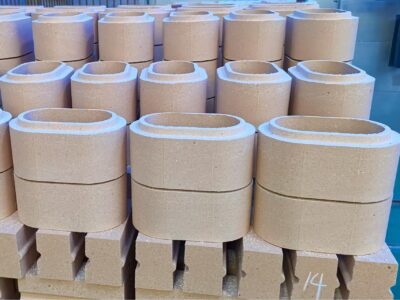
clay bricks
The crucial prerequisite for repair is that the brick’s base material properties are not fundamentally damaged, and its high-temperature stability and pressure resistance still meet the requirements of the operating conditions.
In these situations, direct replacement of refractory bricks is recommended:
When damage affects core performance and repair cannot guarantee safe operation, immediate replacement is necessary:
• Through-cracks, such as long cracks in the bottom of magnesia-carbon brick furnaces, easily leading to high-temperature leakage;

magnesia carbon bricks
• Large-area peeling and chipping of bricks (damaged area > 50%), such as severe defects in high-alumina bricks used in hot blast stoves;
• Brick pulverization and a sudden drop in strength, similar to the crumbling of clay bricks after long-term high-temperature erosion;
• Damage to critical components, such as damage to silica bricks around the kiln opening and burners, directly affecting thermal stability.
Professional Repair: Giving Damaged Refractory Bricks a “New lease on life”
Core Repair Process
1. Clean the damaged area, removing dust and loose debris;
2. Select specialized repair materials for the brick type, such as high-alumina repair material for high-alumina bricks, and magnesia repair material for magnesia-carbon bricks;
3. Apply or fill the repair material in layers, ensuring a dense, gap-free finish;
4. Curing and solidifying according to operating conditions to restore the brick’s integrity and sealing.
Post-Repair Usage Value
Professionally repaired fire bricks can restore 80%-95% of their original performance, meeting the usage requirements of medium- and low-temperature sections or non-critical parts. For example, surface repair of clay bricks used in cement kilns and localized patching of silica bricks in glass kilns can achieve stable operation for 1-2 production cycles.
Choosing Repair or Replacement: Find a Professional Team
The core of fire brick repair and replacement is “accurate judgment + professional construction.” Blindly repairing may cause safety hazards, while excessive replacement results in cost waste.
If your kiln contains damaged high-alumina bricks, silica bricks, magnesia-carbon bricks, or clay bricks, consider contacting our professional technical team for an on-site assessment. With years of experience in refractory brick repair, we can develop customized solutions based on the brick type and damage condition, ensuring production safety while saving you equipment maintenance costs.
In industrial production, every fire brick represents a significant investment. Proper repair and replacement is a wise choice for cost reduction and efficiency improvement. Contact us now to let our professional team diagnose and assess your fire bricks, restoring their value and safeguarding your production!

